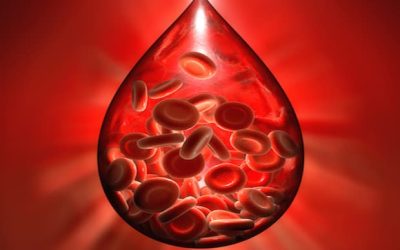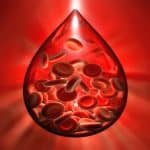US regulators recently approved the first therapy to treat spinal muscular atrophy (SMA), a rare and often fatal genetic disease affecting muscle strength and movement.
The disease causes weakness and muscle wasting because of the loss of lower motor neurons controlling movement. Age of onset varies widely, as do symptoms and rate of progression.
The US Food and Drug Administration has issued a fast-track approval for Biogen’s Spinraza (nusinersen), an injection administered into the fluid surrounding the spinal cord, for use across the whole spectrum of SMA patients.
The move comes on the back of data from a trial in which forty percent of patients (with infantile-onset SMA diagnosed before six months of age and who were less than 7 months old at the time of their first dose) treated with the drug achieved improvement in motor milestones – such as head control, sitting, ability to kick in supine position, rolling, crawling, standing and walking – compared to none of the patients in the control group.
The most common side effects observed in trials assessing Spinraza were upper respiratory infection, lower respiratory infection and constipation. Warnings and precautions include low blood platelet count and toxicity to the kidneys (renal toxicity). Toxicity in the nervous system (neurotoxicity) was observed in animal studies, the regulator said.
“There has been a long-standing need for a treatment for spinal muscular atrophy, the most common genetic cause of death in infants, and a disease that can affect people at any stage of life,” said Billy Dunn, director of the Division of Neurology Products in the FDA’s Center for Drug Evaluation and Research.
“As shown by our suggestion to the sponsor to analyze the results of the study earlier than planned, the FDA is committed to assisting with the development and approval of safe and effective drugs for rare diseases and we worked hard to review this application quickly; we could not be more pleased to have the first approved treatment for this debilitating disease.”









